Bassarova, M.; Archer, M.; and Hand, S.J. December 20, 2001. “New Oligo-Miocene Pseudocheirids (Marsupialia) of the Genus Paljara from Riversleigh, Northwestern Queensland.” Memoirs of the Association of Australasian Palaeontologists 25:61-75.
Clark, P; and Bradshaw, F. August 2007. “Haemotological Characteristics of Injured Western Ringtail Possums (Pseudocheirus occidentalis).” Comparative Clinical Pathology 16(3):187-192.
"Common Ringtail: Pseudocheirus peregrinus." Pp. 120-121 in Grzimek's Animal Life Encyclopedia, Second Edition. Volume 13: Mammals II, edited by Michael Hutchins, Devra G. Kleiman, Valerius Geist, and Melissa C. McDade. Farmington Hills, MI: Gale Group, Inc., division of Thomson Learning Inc., 2004.
Department of the Environment, Water, Heritage, and the Arts. 2009. Background Paper to EPBC Act Policy Statement 3.10 – Nationally Threatened Species and Ecological Communities. Significant Impact Guidelines for the Vulnerable Western Ringtail Possum (Pseudocheirus occidentalis) in the Southern Swan Coastal Plain, Western Australia. Canberra: Australian Government. Retrieved on February 26, 2014.
- Available at: http://www.environment.gov.au/system/files/resources/12125dcb-7a21-42b7-8491-a404f4bbfc07/files/background-paper-western-ringtail-possum.pdf
Department of the Environment. 2014. " Pseudocheirus occidentalis -- Western Ringtail Possum, Ngwayir." Biodiversity Species Profile and Threats Database. Canberra: Australian Government. Retrieved on February 26, 2014.
- Available at: http://www.environment.gov.au/cgi-bin/sprat/public/publicspecies.pl?taxon_id=25911
Duff, Andrew; and Lawson, Ann. 2004. Mammals of the World: A Checklist. Yale University Press.
Flannery, Timothy F. 1994. Possums of the World: A Monograph of the Phalangeroidea. Chastwood, Australia: GEO Productions in association with the Australian Museum.
Kerle, Jean Anne. 2001. Possums: The Brushtails, Ringtails and Greater Glider. Sydney: University of New South Wales Australian Natural History Series. Retrieved on February 26, 2014.
- Available at: http://books.google.com/books?id=YDM0hjAwchUC&lpg=PT65&dq=Petropseudes%20dahli&pg=PT66#v=onepage&q=Petropseudes%20dahli&f=false
Macrini, Dr. Ted. 2007. “Pseudocheirus occidentalis, Western Ringtail Possum (On-line).” Digital Morphology. Retrieved on February 26, 2014.
- Available at: http://digimorph.org/specimens/Pseudocheirus_occidentalis/
Menkhorst, Peter; and Knight, Frank. 2001. A Field Guide to the Mammals of Australia. South Melbourne: Oxford University Press.
Meredith, Robert W.; Mendoza, Miguel A.; Roberts, Karen K.; Westerman, Michael; and Springer, Mark S. March 2, 2010. “A Phylogeny and Timescale for the Evolution of Pseudocheiridae (Marsupialia: Diprotodontia) in Australia and New Guinea.” Journal of Mammalian Evolution17(2):75-99. Retrieved on March 11, 2014.
- Available at: http://www.ncbi.nlm.nih.gov/pmc/articles/PMC2987229/
Morris, K.; Burbidge, A.; and Friend, T. 2008. “Pseudocheirus occidentalis.” In: IUCN 2013. International Union for Conservation of Nature and Natural Resources Red List of Threatened Species. Version 2013.2. Retrieved on February 26, 2014.
- Available at: http://www.iucnredlist.org/details/18492/0
Nowak, Ronald M. 1999. Walker's Mammals of the World, Sixth Edition. Volume I. Baltimore: Johns Hopkins University Press.
Nowak, Ronald M. 2005. Walker's Marsupials of the World. Baltimore: Johns Hopkins University Press.
"Pseudocheirus occidentalis: Western Ringtail Possum." Digital Morphology: A National Science Foundation Digital Library at University of Texas, Austin. Retrieved on April 4, 2014.
- Available at: http://digimorph.org/specimens/Pseudocheirus_occidentalis/
“Pseudocheirus peregrinus occidentalis: Western Ringtail Oppossum.” Encyclopedia of Life. Retrieved on February 26, 2014.
- Available at: http://eol.org/pages/1274661/details
Ride, W.D.L. A Guide to the Native Mammals of Australia. Melbourne: Oxford University Press, 1970.
Root, Nina J., and Bryan R. Johnson, comp. Proceedings of the Zoological Society of London: An Index to the Artists 1848 - 1900. New York and London: Garland Publishing Inc., 1986. Retrieved on February 26, 2014.
- Available via Internet Archive at: https://archive.org/details/procezoo00root
Strahan, Ronald; and Conder, Pamela. 2007. Dictionary of Australian and New Guinean Mammals. CSIRO Publishing.
Thomas, Chris. "Hot spells threaten ringtail habitat." ScienceNetwork Western Australia > Topics > Environment & Conservation. September 18, 2013. ScienceNetwork Western Australia. Web. www.sciencewa.net.au
- Available at: http://www.sciencewa.net.au/topics/environment-a-conservation/item/2398-hot-spells-threaten-ringtail-habitat.html
Thomas, Oldfield. Catalogue of the Marsupialia and Monotremata in the Collection of the British Museum (Natural History). London: Taylor and Francis (by Order of the Trustees), 1888. Retrieved on February 26, 2014.
- Available via Biodiversity Heritage Library at: http://biodiversitylibrary.org/page/37986443
Threatened Species Day Fact Sheet. 2007. “Western Ringtail Possum, Pseudocheirus occidentalis.” Department of the Environment and Water Resources Threatened Species and Ecological Communities Publications. Canberra: Australian Government. Retrieved on February 26, 2014.
- Available at: http://www.environment.gov.au/resource/western-ringtail-possum-pseudocheirus-occidentalis
Wayne, A.F.; Rooney, J.F.; Ward, C.G.; Vellios, C.V.; and Lindemayer, D.B. 2005. “The Life History of Pseudocheirus occidentalis (Pseudocheiridae) in the Jarrah Forest of south-western Australia.” Australian Journal of Zoology 53(5):325-337.
"Western Ringtail Possum (Pseudocheirus occidentalis)." ARKive. Retrieved on February 26, 2014.
- Available at: http://www.arkive.org/western-ringtail-possum/pseudocheirus-occidentalis/image-G38671.html
"Western Ringtail Possum: Pseudocheirus occidentalis." Australian Threatened Species 2007. Retrieved on February 26, 2014.
- Available at: http://www.environment.gov.au/system/files/resources/a958a9fd-9c5d-49d9-8151-c14a2b748b4b/files/tsd07-w-ringtail-possum.pdf
Wilson, D.E.; and Reeder, D.M. 2005. Mammal Species of the World: A Taxonomic and Geographic Reference, Third Edition. Johns Hopkins University Press.


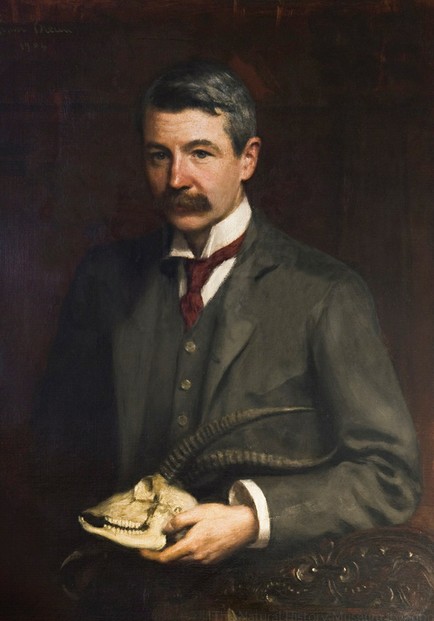
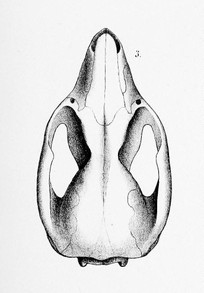
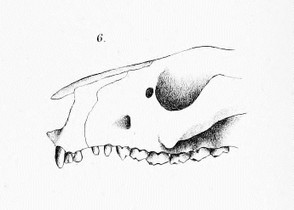
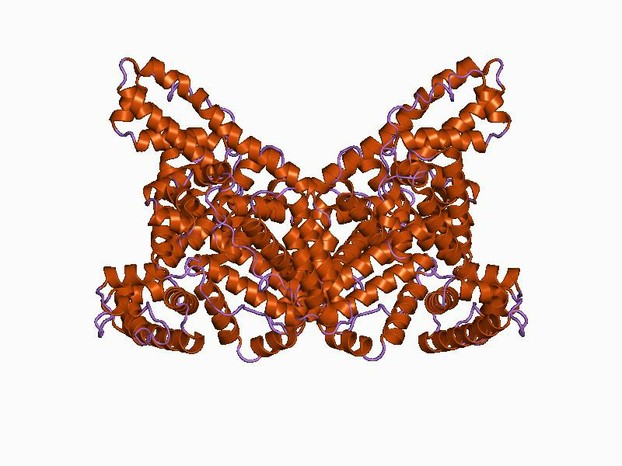
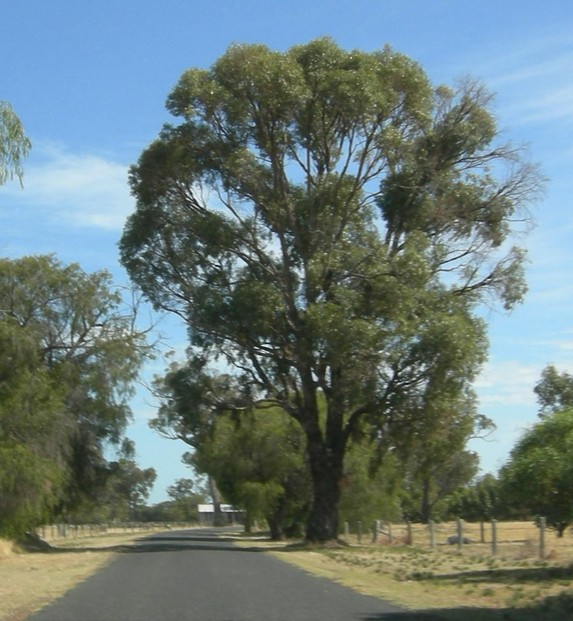
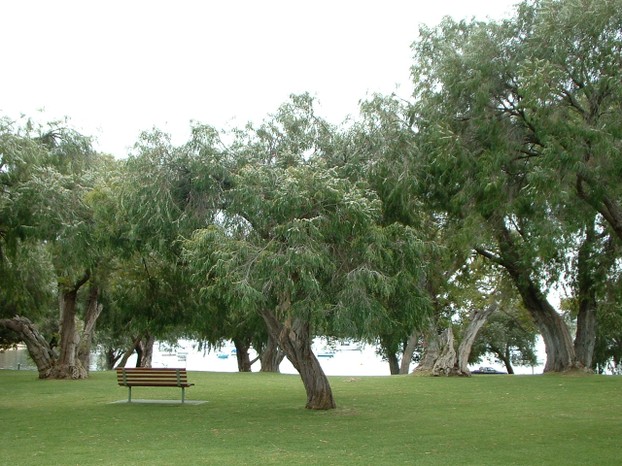
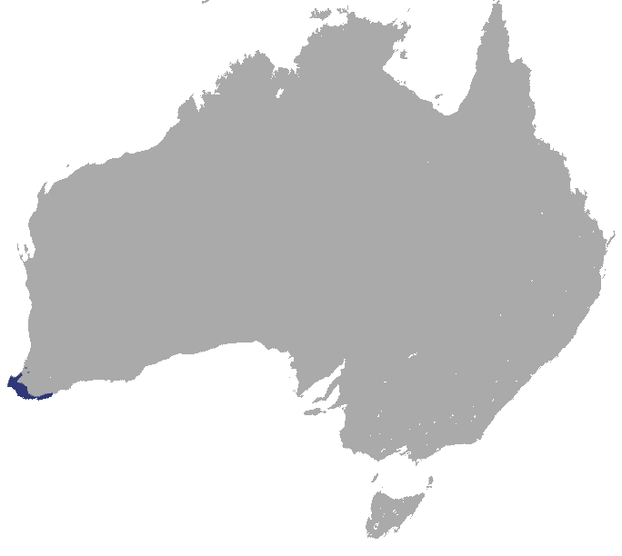
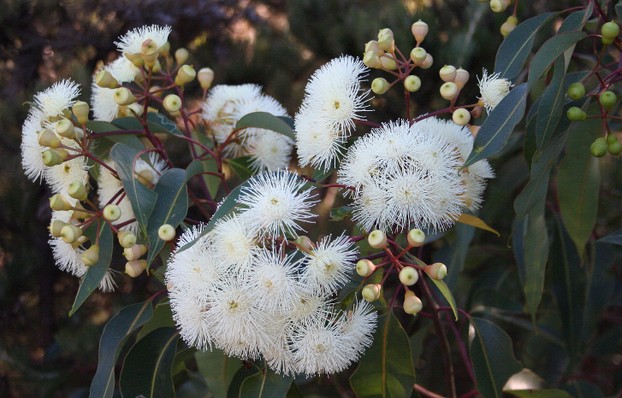
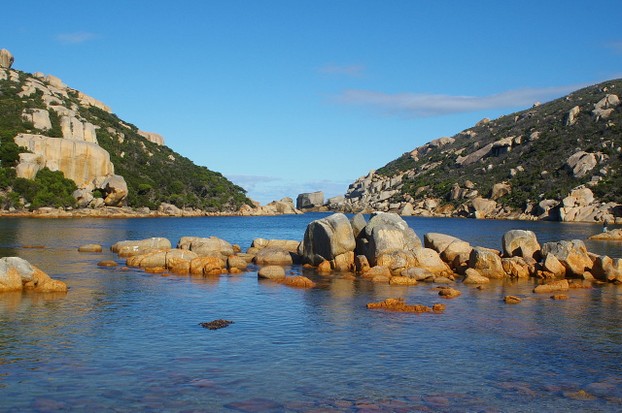





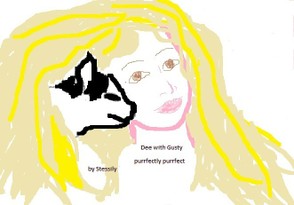
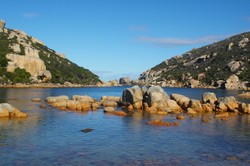

 Are Hawaiian Huakai Po Nightmarchers Avenging Halloween Thursday?on 10/02/2024
Are Hawaiian Huakai Po Nightmarchers Avenging Halloween Thursday?on 10/02/2024
 Mailing Addresses for 2023 Form 4868 Extending 1040 and 1040SR April 15, 2024, Due Dateon 04/15/2024
Mailing Addresses for 2023 Form 4868 Extending 1040 and 1040SR April 15, 2024, Due Dateon 04/15/2024
 Mailing Addresses for 2023 Forms 1040 and 1040SR Filed in 2024on 04/15/2024
Mailing Addresses for 2023 Forms 1040 and 1040SR Filed in 2024on 04/15/2024
 Mailing Addresses for 2022 Form 4868 Extending 1040 and 1040SR April 18, 2023, Due Dateon 04/13/2023
Mailing Addresses for 2022 Form 4868 Extending 1040 and 1040SR April 18, 2023, Due Dateon 04/13/2023

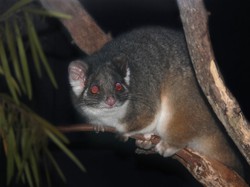

Comments
Mira, It's amazing how much is accomplished -- and how quickly time flies -- when sharing interests, isn't it? Me, too, I love the eating sequences -- clearly this possum feels comfortable, feels cared for. There's a special soft spot in my heart for all ringtail species.
Wow, I can't imagine when you have time to do all the research, but it's fun to learn about all these mammals. I love that they relocated this ringtail possum to that national park in SW Australia. Also love the way it eats carrots :)